How to Landscape a Beachhouse on Pilings
17 years ago
Related Stories
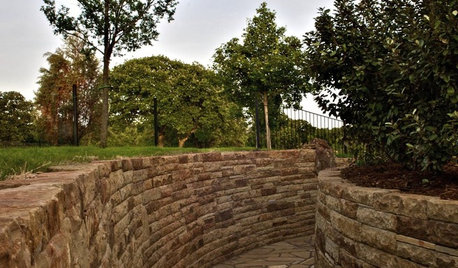
LANDSCAPE DESIGNPile On Style With a Dry-Laid Stone Retaining Wall
Durable, natural and practical, this landscape feature is an art form unto itself
Full Story
ORGANIZINGHelp for Whittling Down the Photo Pile
Consider these 6 points your personal pare-down assistant, making organizing your photo collection easier
Full Story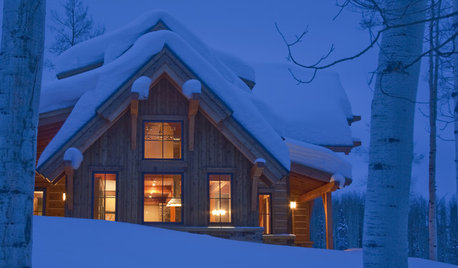
LIFEIs Cabin Fever Real? Share Your Story
Are snow piles across the U.S. leading to masses of irritability and boredom? We want to hear your experience
Full Story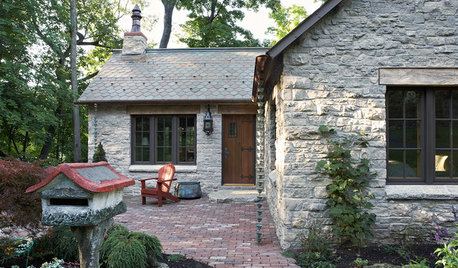
HOUZZ TOURSHouzz Tour: Fairy Tale Gatehouse in Minnesota
This cozy cottage in Minnesota blends fine antiques with reclaimed materials from bridge pilings, city streets and Midwestern barns
Full Story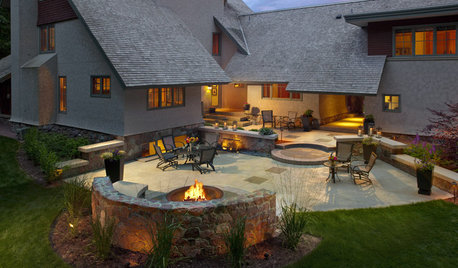
GARDENING AND LANDSCAPING10 Rock Wall Ideas for a Style-Strong Patio
Strengthen the look of your yard — and solve landscape design dilemmas — with a rock wall that fits right in
Full Story
LANDSCAPE DESIGNCalifornia Says Goodbye to the Sprawling Ornamental Lawn
New state rules will effectively limit turfgrass to 25 percent of the landscape in most new and renovated yards
Full Story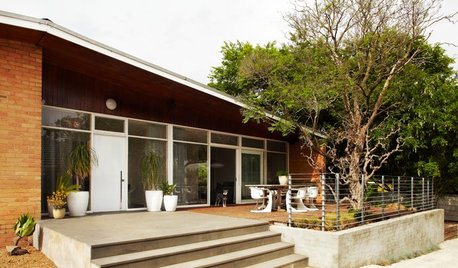
GARDENING AND LANDSCAPINGTake Back Your Front Yard: 8 Ways to Make It Social
If only trees and squirrels gather in your front yard, you're missing out on valuable socializing space. Here's how to remedy that
Full Story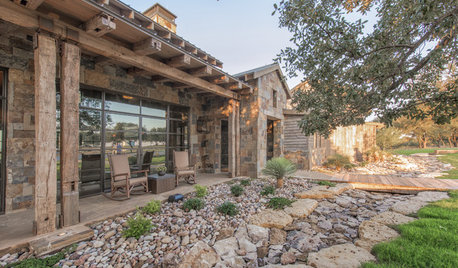
LANDSCAPE DESIGNTo Manage Stormwater Sustainably, Understand Your Site
Follow this guide to learn how water moves through your landscape and how best to manage it
Full Story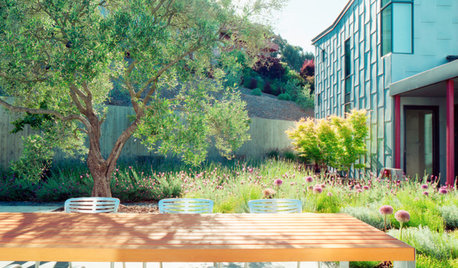
LANDSCAPE DESIGNGardening for Happy Kids
Foster creativity, self-esteem and more by designing your landscape with a sense of discovery
Full Story
LANDSCAPE DESIGNDitch the Ordinary Ditch: Create a Realistic Dry Creek Bed
Here’s how to turn your water runoff system into an eye-catching accent for your landscape
Full Story



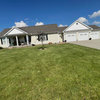
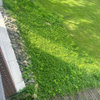
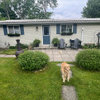
karinl
laag
Related Discussions
Soil piled around the base of a tree - How to remedy?
Q
need help with compost pile plans
Q
Do you/Would you rent out your beachhouse to strangers
Q
Beachhouse Quest - WWYD
Q
PamchesbayOriginal Author
Susan Garrison
laag
bahia
laag
tibs
PamchesbayOriginal Author
bahia
laag
kurtg
land_in_berg
nandina
irene_dsc
PamchesbayOriginal Author
naplesgardener
karinl
laag
PamchesbayOriginal Author
littledog
PamchesbayOriginal Author